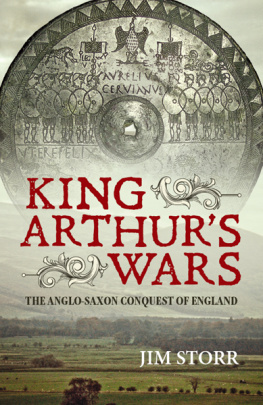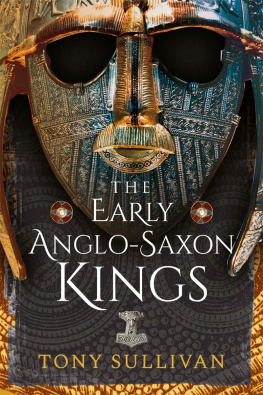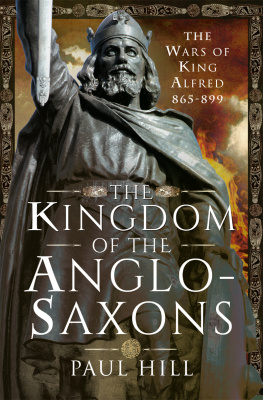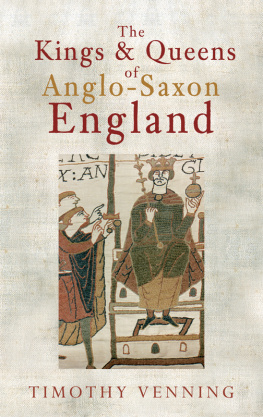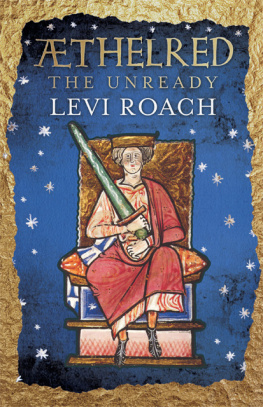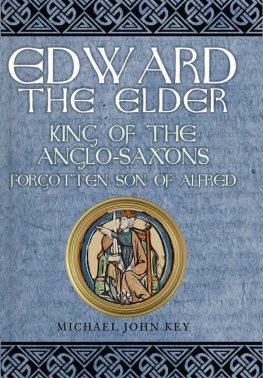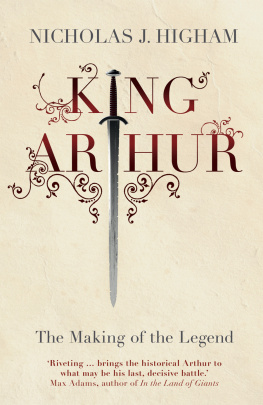
Frederick Arthur Storr
19021987
Maurice Arthur Storr
19252004
John Arthur Storr
19532009
Helion & Company Limited
26 Willow Road
Solihull
West Midlands
B91 1UE
England
Tel. 0121 705 3393
Fax 0121 711 4075
Email:
Website: www.helion.co.uk
Twitter: @helionbooks
Visit our blog http://blog.helion.co.uk/
Published by Helion & Company 2016
Designed and typeset by Mach 3 Solutions Ltd, Bussage, Gloucestershire
Cover designed by Paul Hewitt, Battlefield Design (www.battlefield-design.co.uk)
Printed by Gutenberg Press Limited, Tarxien, Malta
Text & figures Jim Storr 2016
Images as individually credited
Front cover: The medal, or disk, is in the collection of the Department of Coins, Medals and Antiques of the Bibliotheque nationale de France. Image Dominique Hollard.
Every reasonable effort has been made to trace copyright holders and to obtain their permission for the use of copyright material. The author and publisher apologize for any errors or omissions in this work, and would be grateful if notified of any corrections that should be incorporated in future reprints or editions of this book.
ISBN 978-1-910777-81-7
eISBN 978-1-911096-96-2
British Library Cataloguing-in-Publication Data.
A catalogue record for this book is available from the British Library.
All rights reserved. No part of this publication may be reproduced, stored in a retrieval system, or transmitted, in any form, or by any means, electronic, mechanical, photocopying, recording or otherwise, without the express written consent of Helion & Company Limited.
For details of other military history titles published by Helion & Company Limited contact the above address, or visit our website: http://www.helion.co.uk.
We always welcome receiving book proposals from prospective authors.
Contents
List of Figures
Legend

| Marsh, swamp, fen etc. |
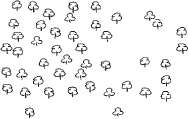
| Woodland. Note: marsh, swamp, fen and woodland are not shown on all figures. In most cases they are only shown to illustrate a particular point. |

| Ford over a river. |

| Roman town, etc, with modern name. |

| Roman town, etc, (Latin name unknown, or not shown). |

| Name of other town, etc (eg, a town not known to have existed in Roman times). |

| Name of watercourse, with direction of flow. |

| Summit of hill, with spot height (in metres above sea level). |

| Roman road. |

| Presumed course of Roman road. |

| Name of earthwork. |

| Linear Earthwork. The thick line represents the bank; the thin line represents the ditch. Hence this earthwork faces up the page (see ). |

| Linear Earthwork of uncertain orientation. In this case the earthwork is assesed to face up the page. |

| Presumed course of earthwork. |

| Place with name ending with -ing or -ings (see ). |

| Place with name containing Tye or Tey (see ). |
List of Plates
In Colour Section
Acknowledgements
I am grateful to a number of people for their help in the research for, and preparation of, this book.
Four academics gave most useful help and advice in the early stages: Dr Catherine Hills, Dr David Pratt and Dr Carl Watkins of Cambridge University; and Dr John Pearce of Kings College, London. Catherine Hills was most generous with her time, but I am particularly grateful to her for the clear and positive encouragement which she gave me to carry out the research behind this book. Were it not for her, it would never have been written.
My friends and colleagues at Birmingham University sat through a presentation of some of my early findings. Their deep knowledge of many aspects of war studies provided useful insight, both then and subsequently. They suggested several avenues for further work. More importantly, their verdict was that the broad gist of those early findings was credible. That gave me the impetus to continue.
Many friends, and many members of my extended family, have provided a meal and a bed for the night whilst I did my field research. Their hospitality was often accompanied by perceptive questions and critical insights. Several have come with me on my field trips; providing company, asking questions, and obliging me to explain my ideas simply and clearly. One was a highly experienced military surveyor. One was an infantry officer for over 30 years. One couple are both very capable horsemen. One of my brothers read medieval history and English at university. The other was an infantry officer and a deeply knowledgeable student of military history. But sometimes the most innocent of questions resulted in the greatest insight.
My research has taken me across the length and breadth of England. I have come across a great number of people, complete strangers for the most part. Their many simple acts of kindness have been most welcome.
I thank them all.
Introduction
How did Roman Britain become Anglo-Saxon England?
The answer matters. This book is written in English. Not Scots Gaelic, nor Latin. Before the Anglo-Saxon conquest there was no English. Anglo-Saxons gave the world the English language (the language of Shakespeare, Keats, Byron and Shelley); parliaments; trial by jury; and (perhaps unfortunately) cricket and warm beer. Every time you get into a passenger aircraft, anywhere in the world, the air traffic controllers will be speaking English. So it does matter. Its not just about re-writing a chapter of the history of England. Its about how the English became the English and, to that extent, much about the modern world.
Next page
